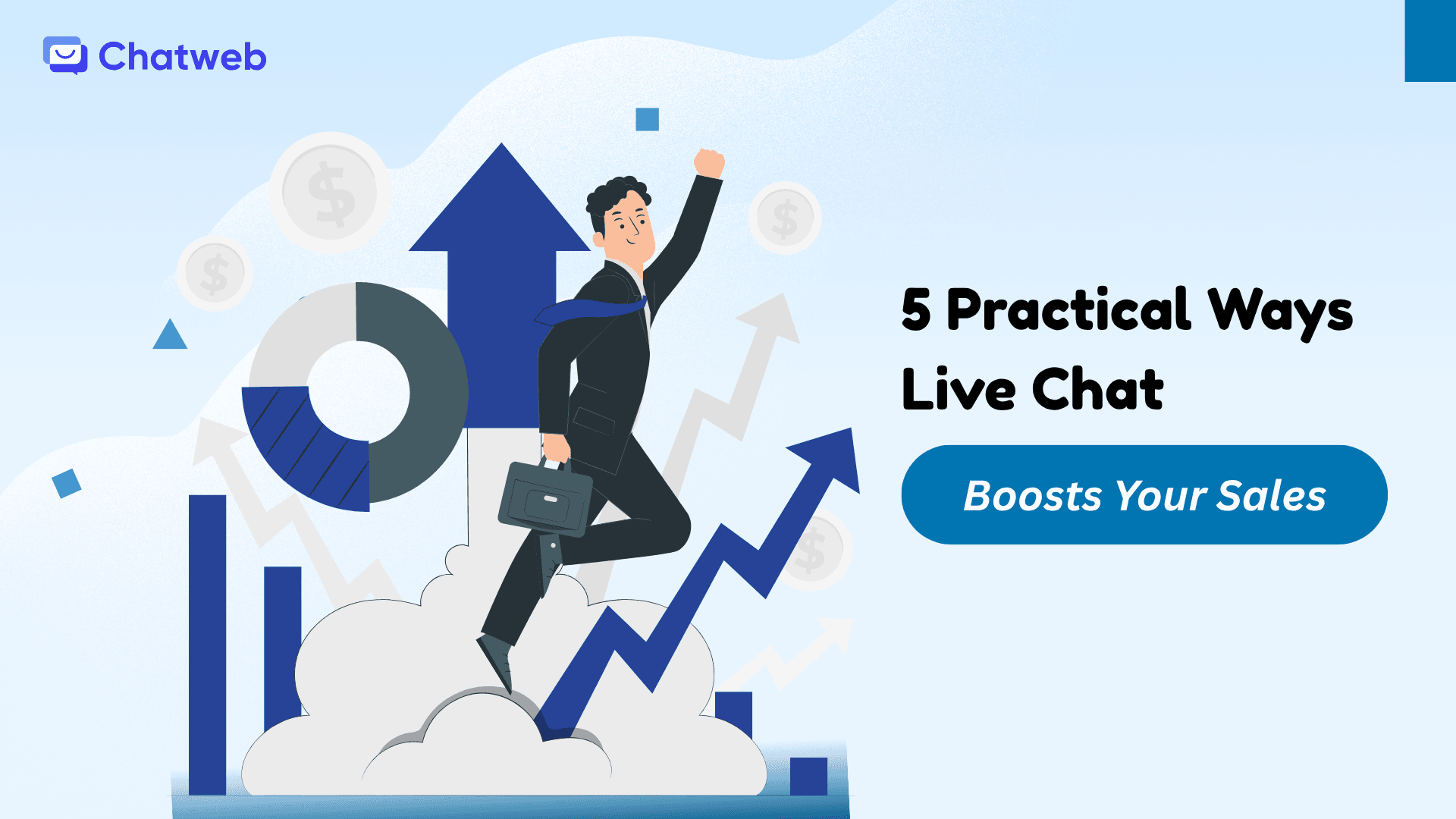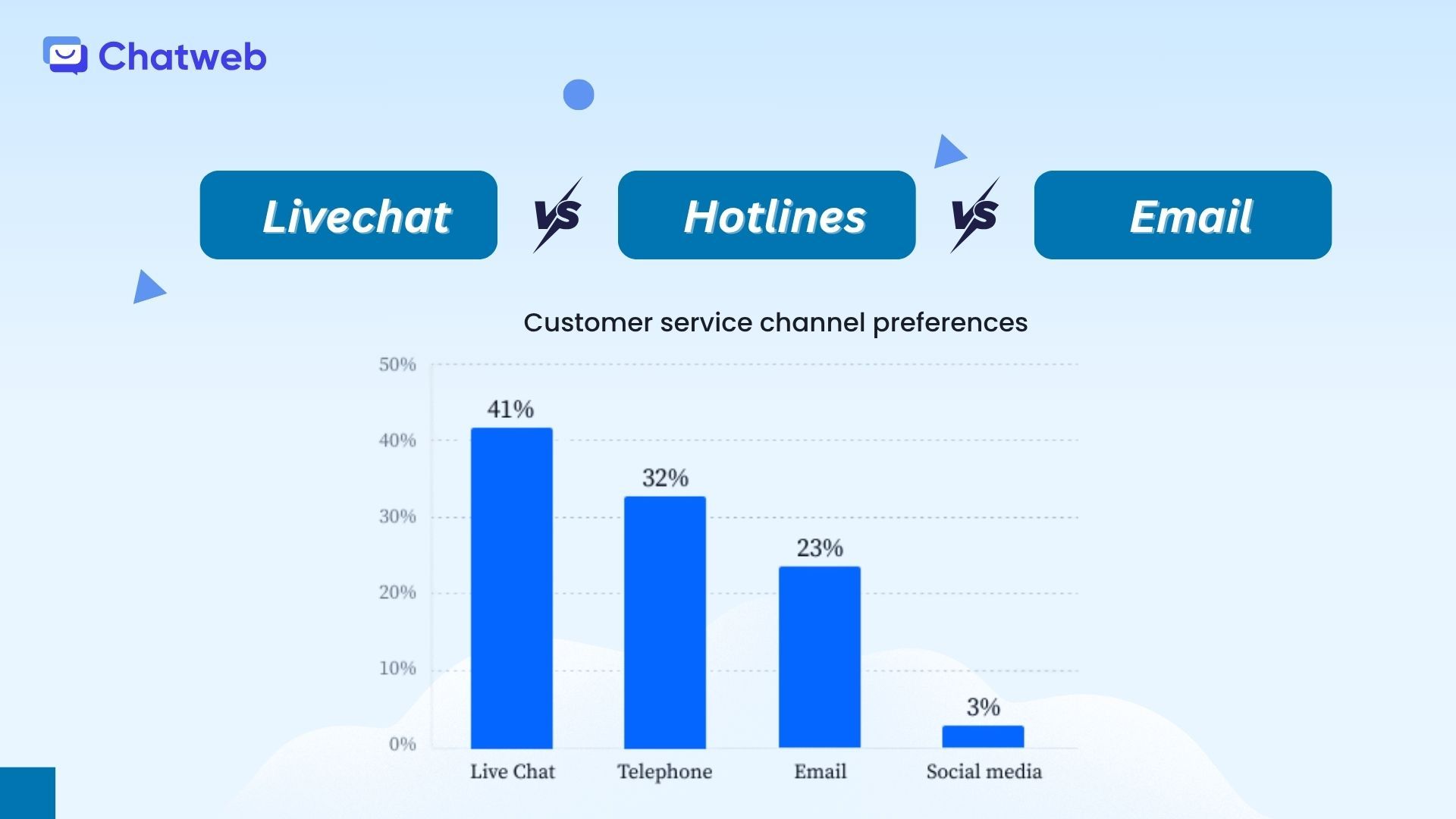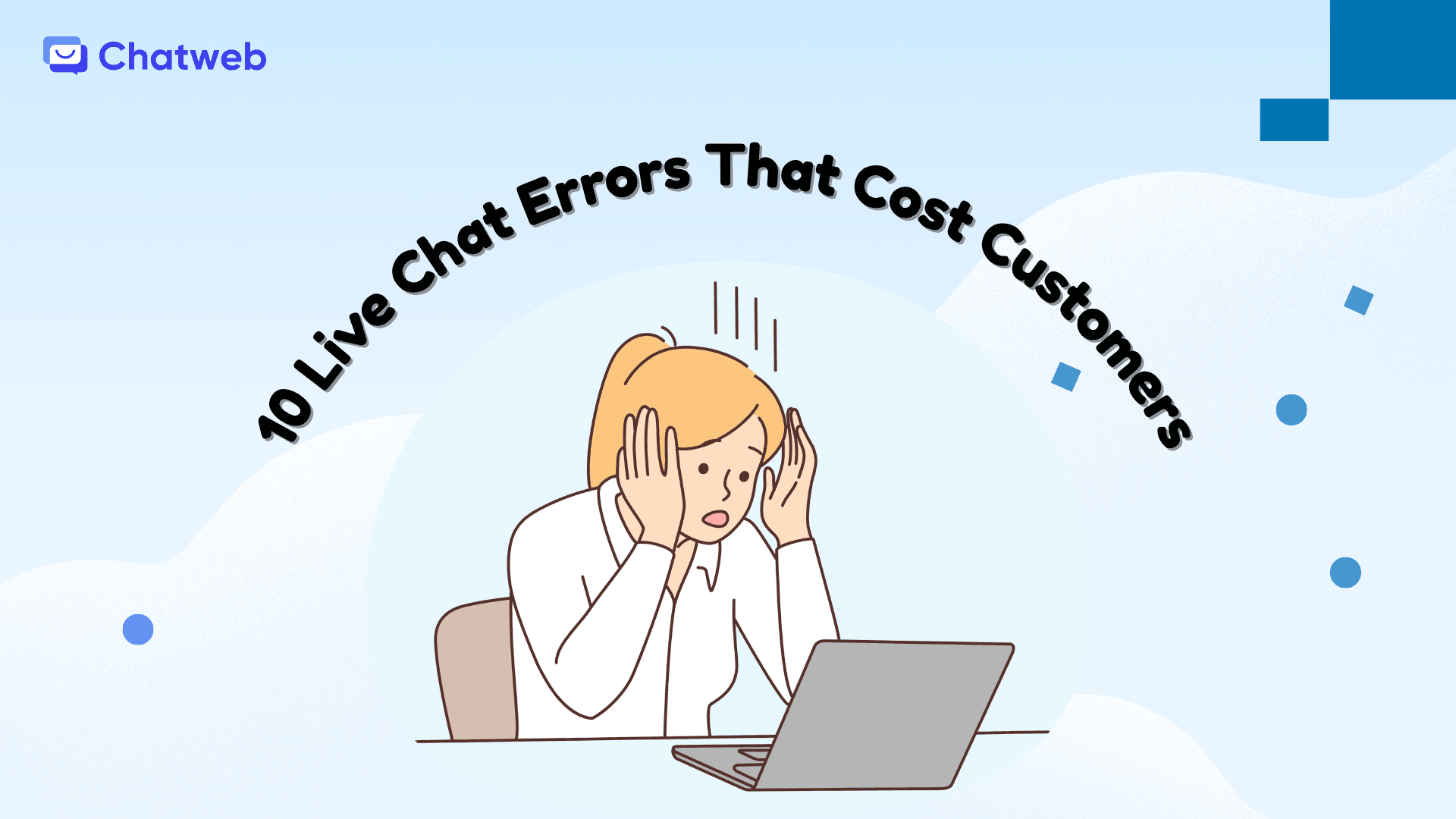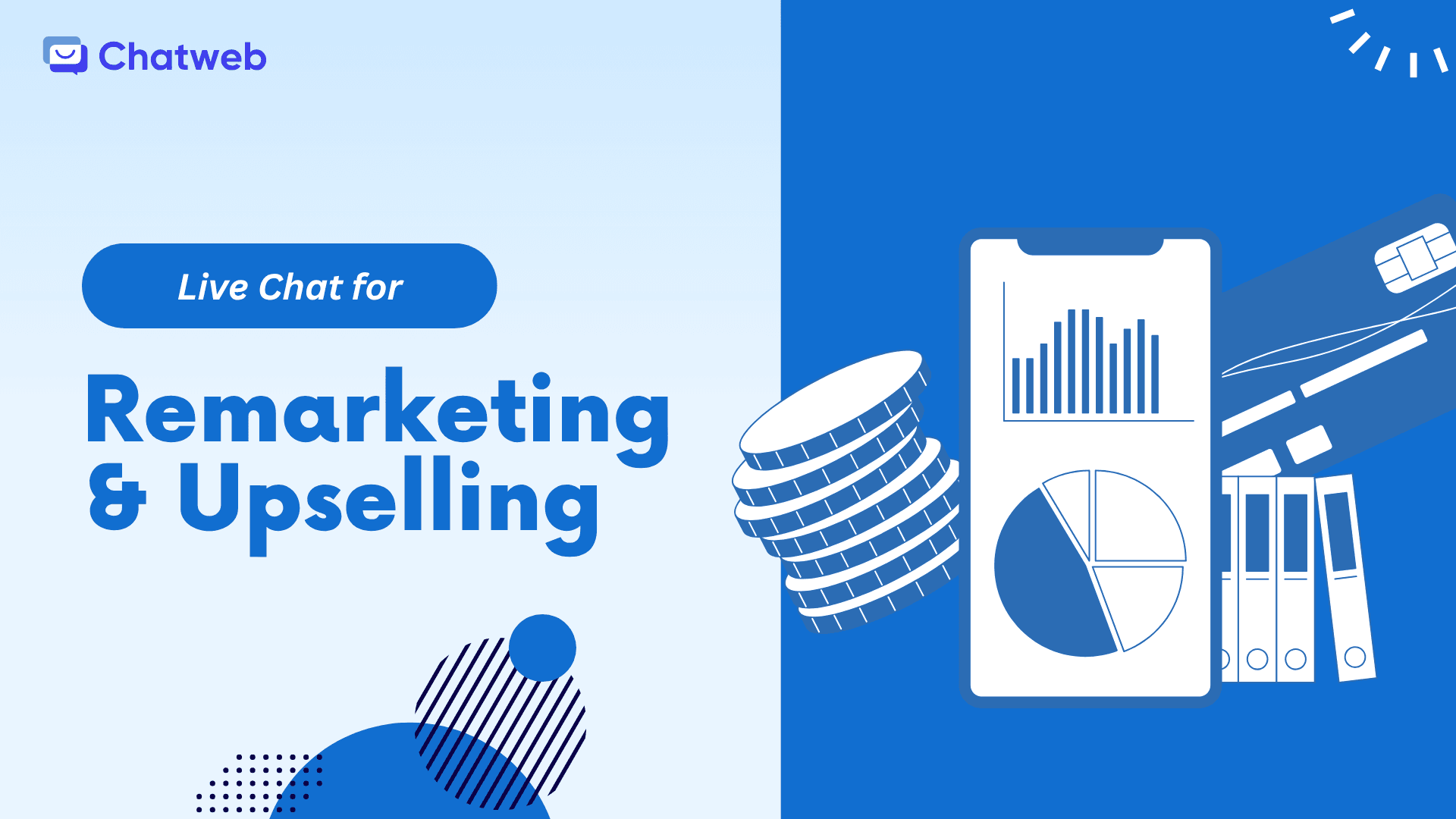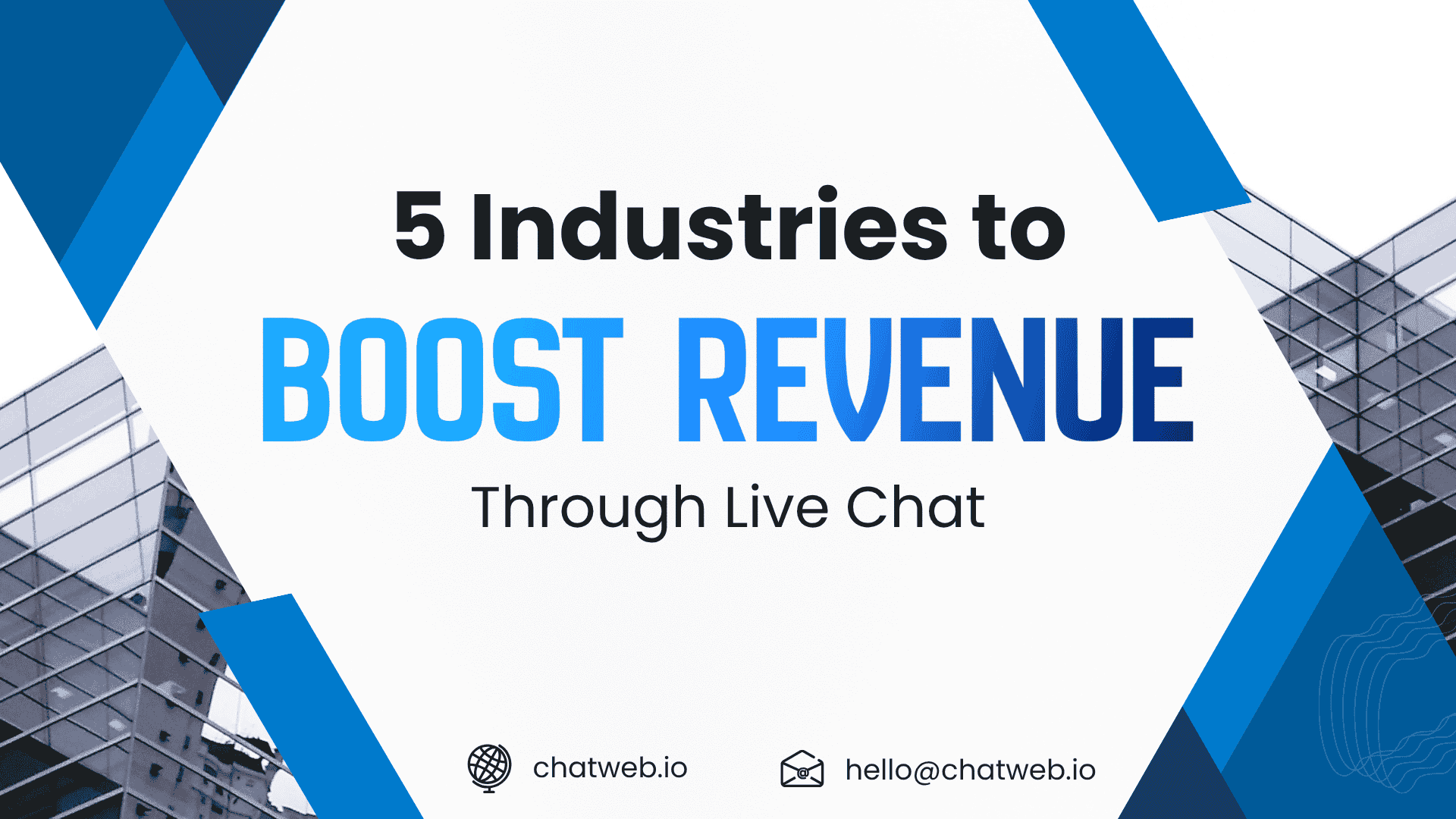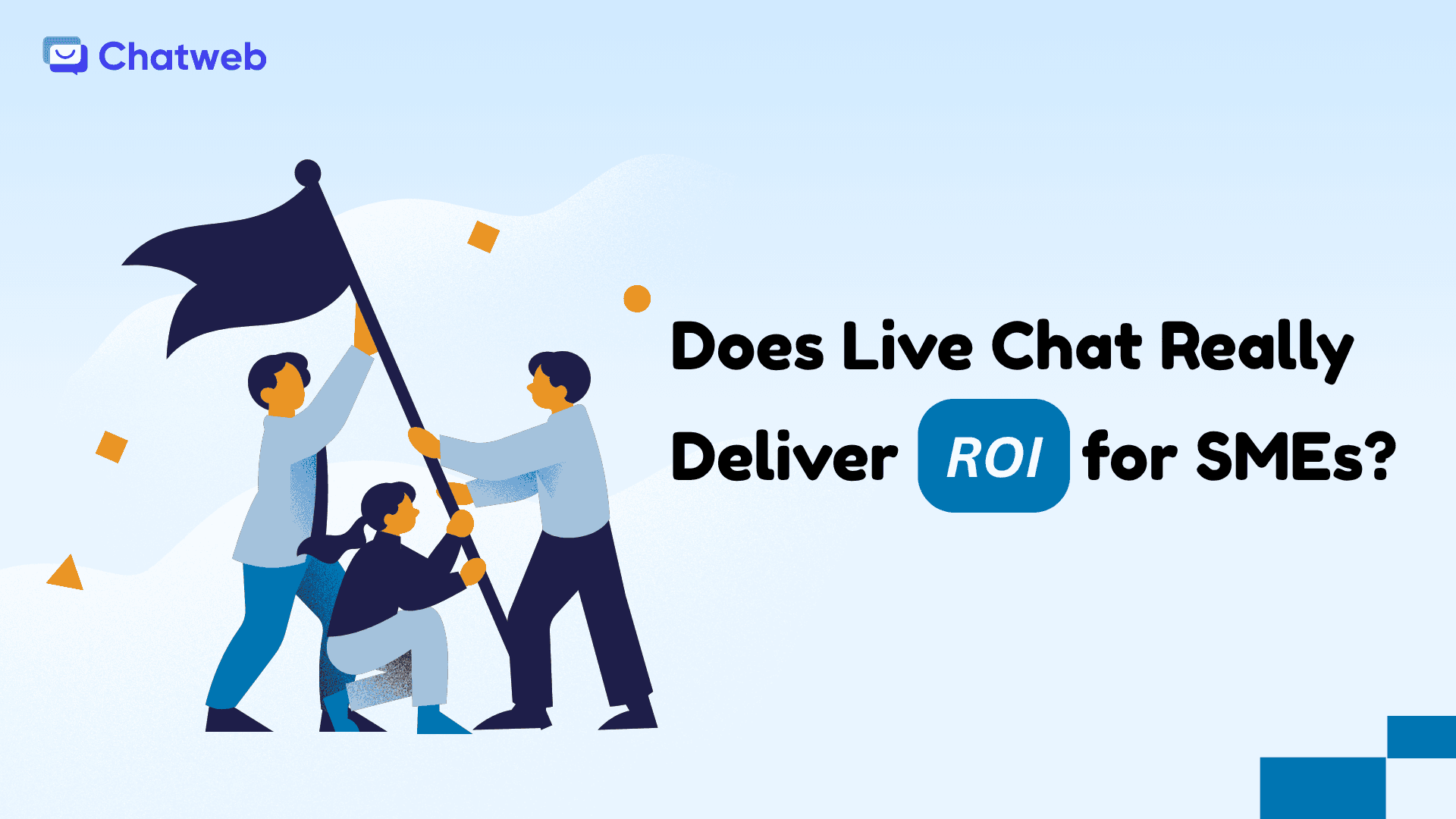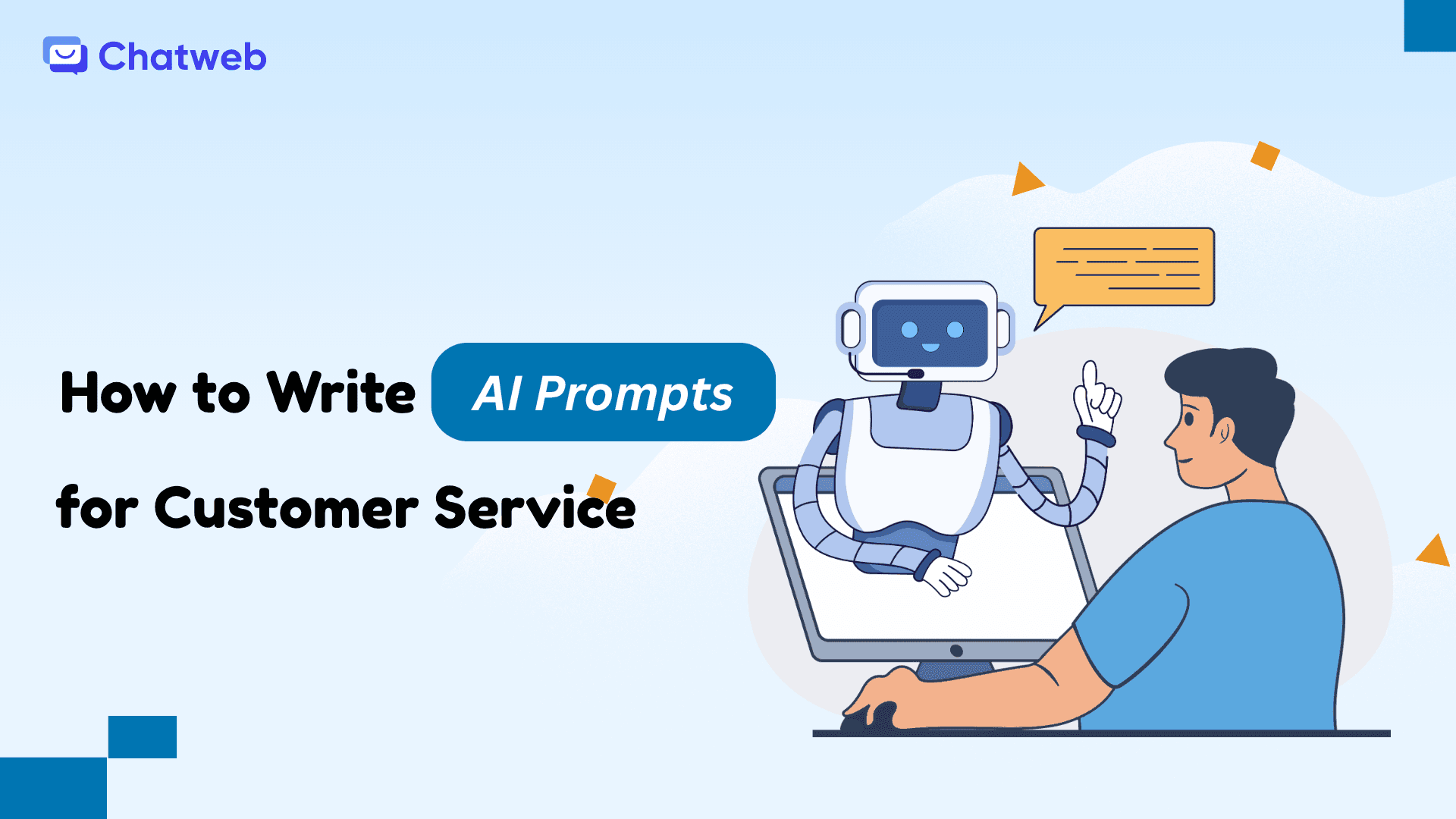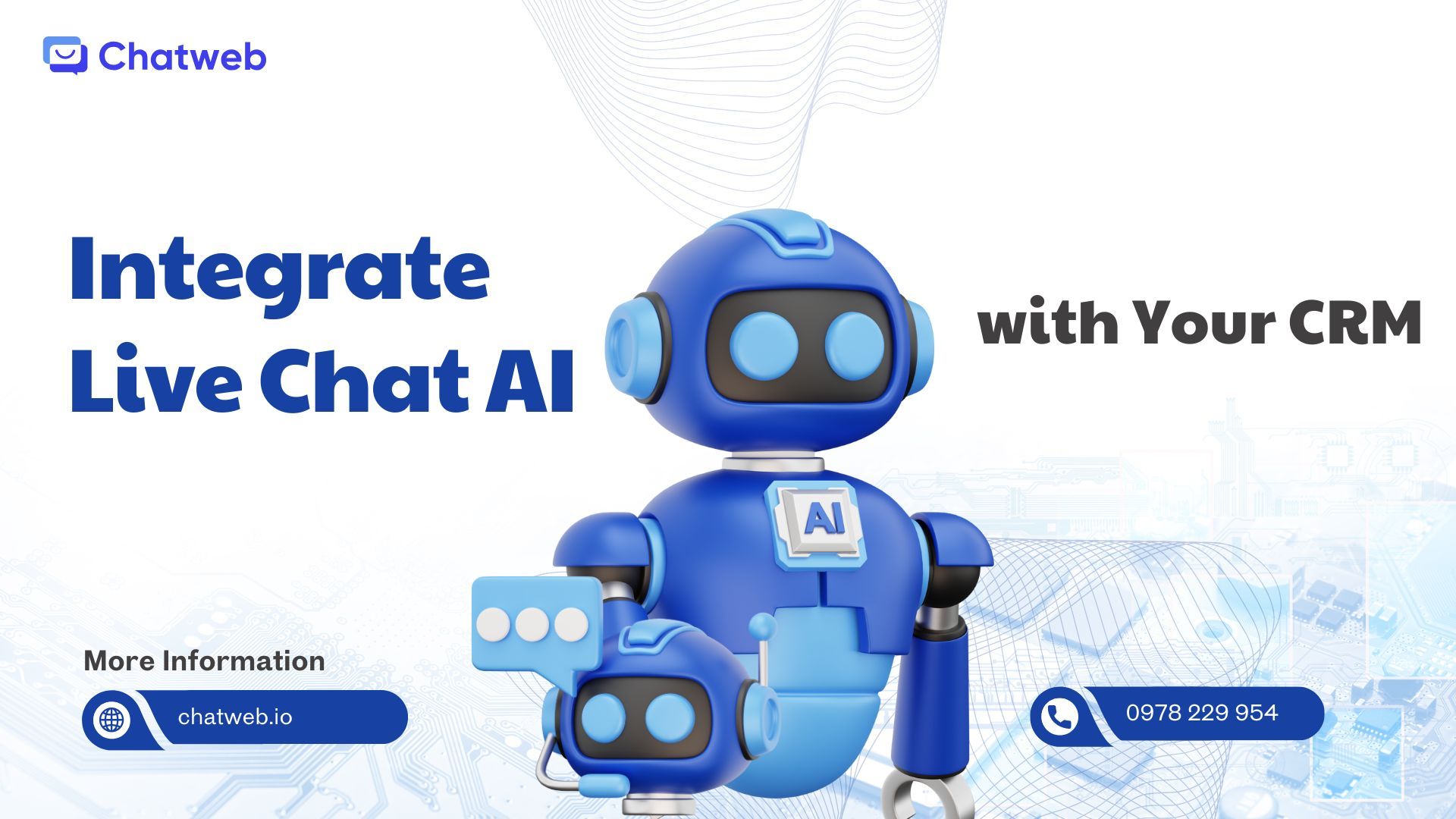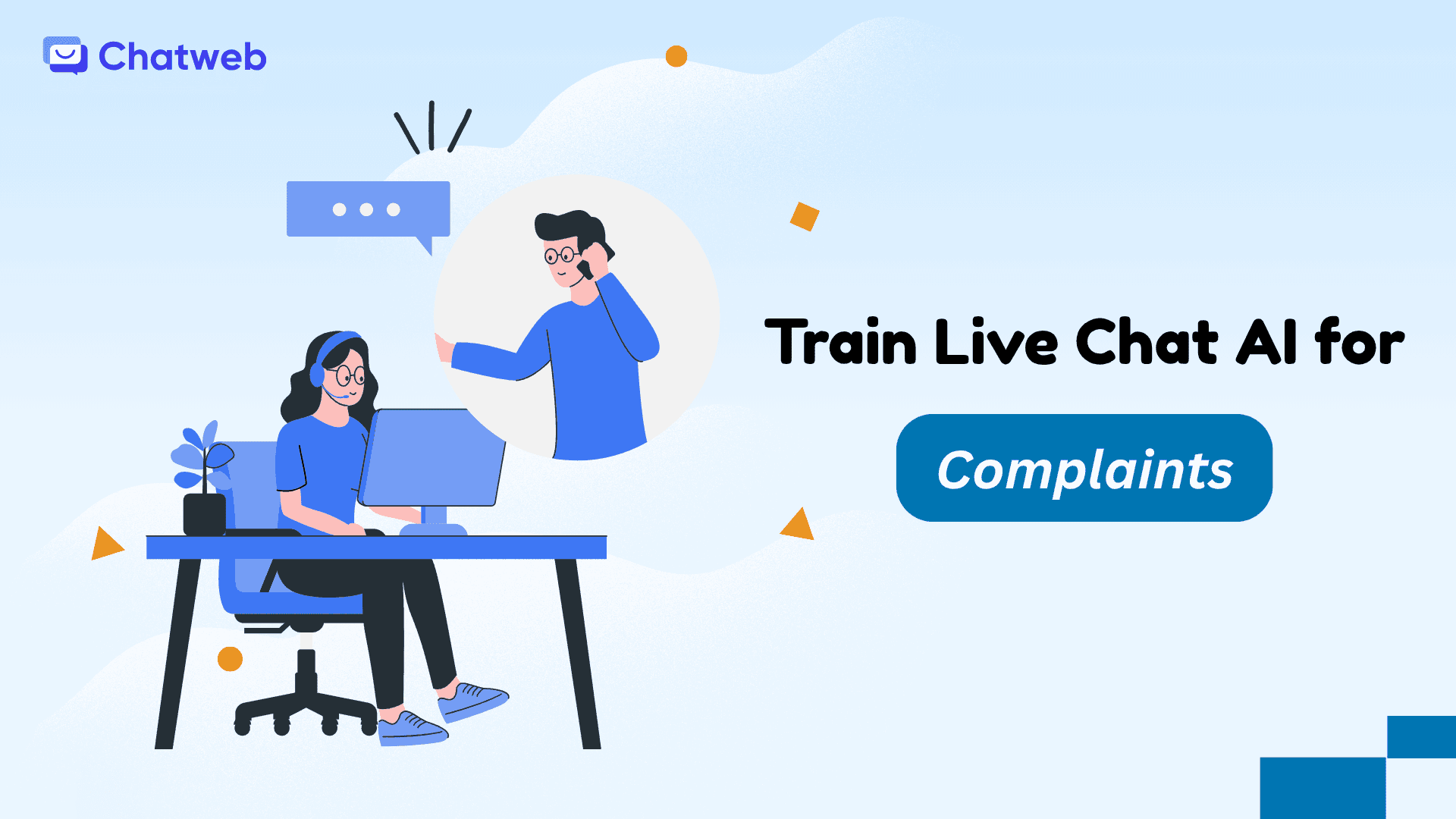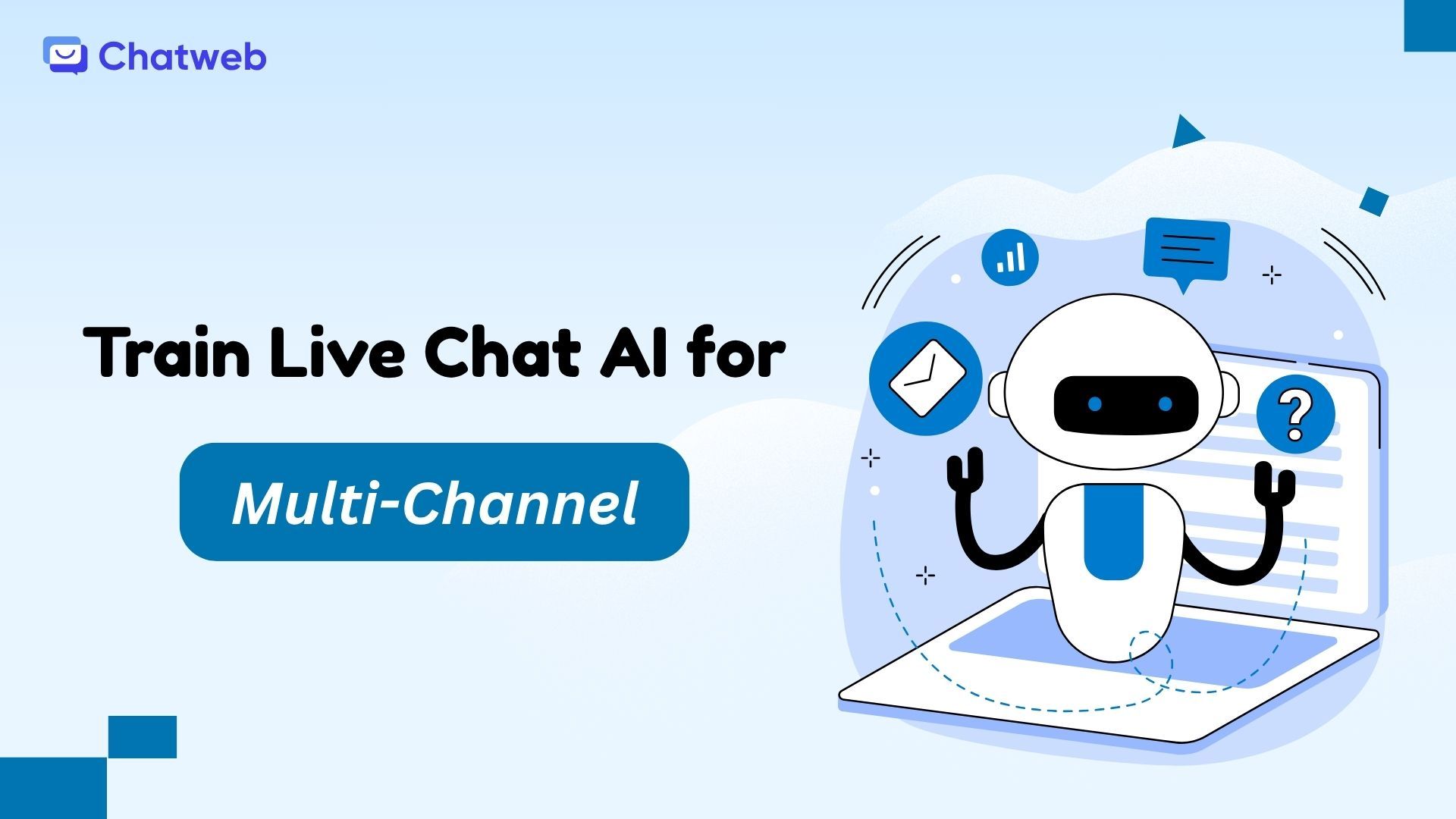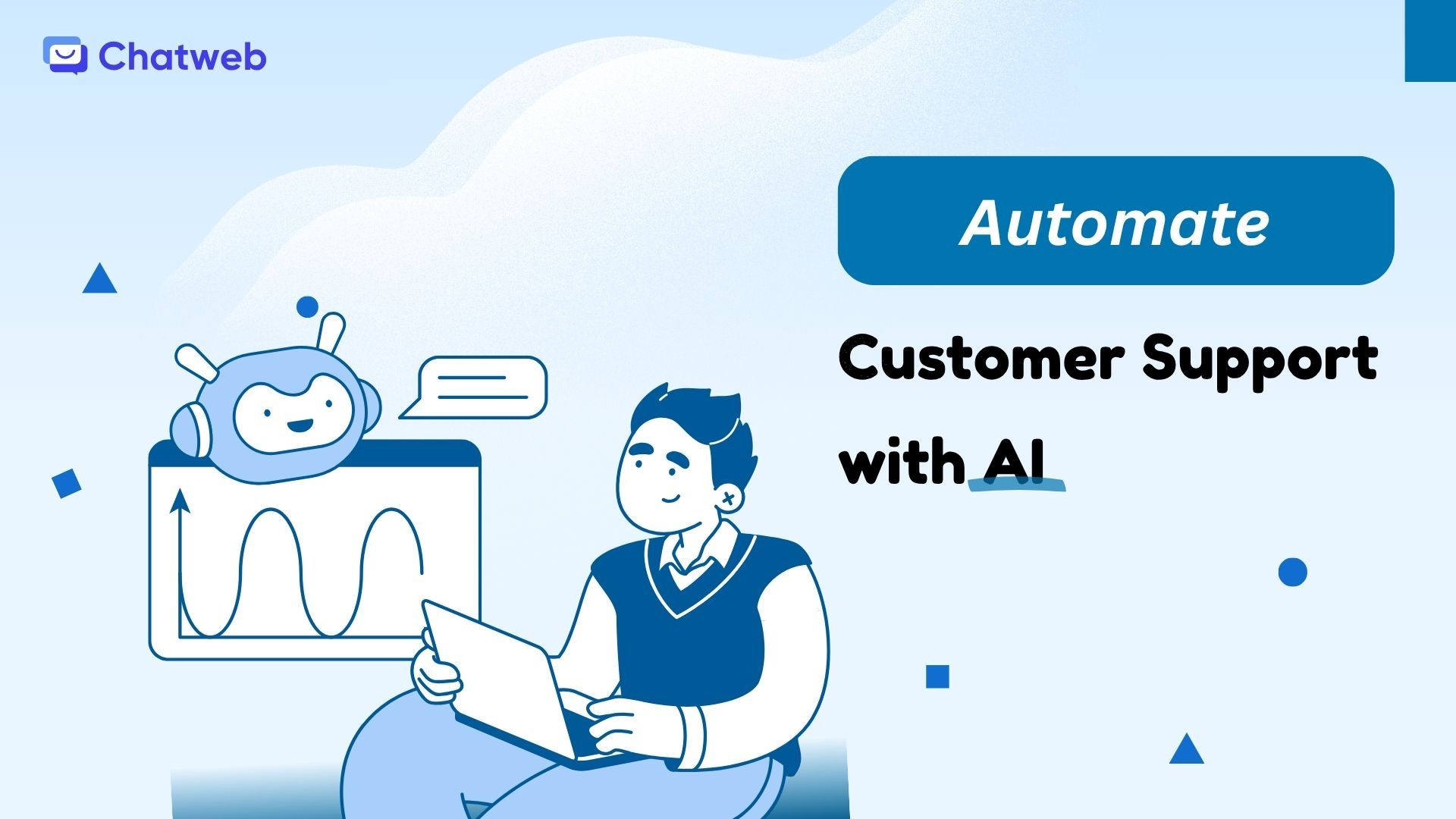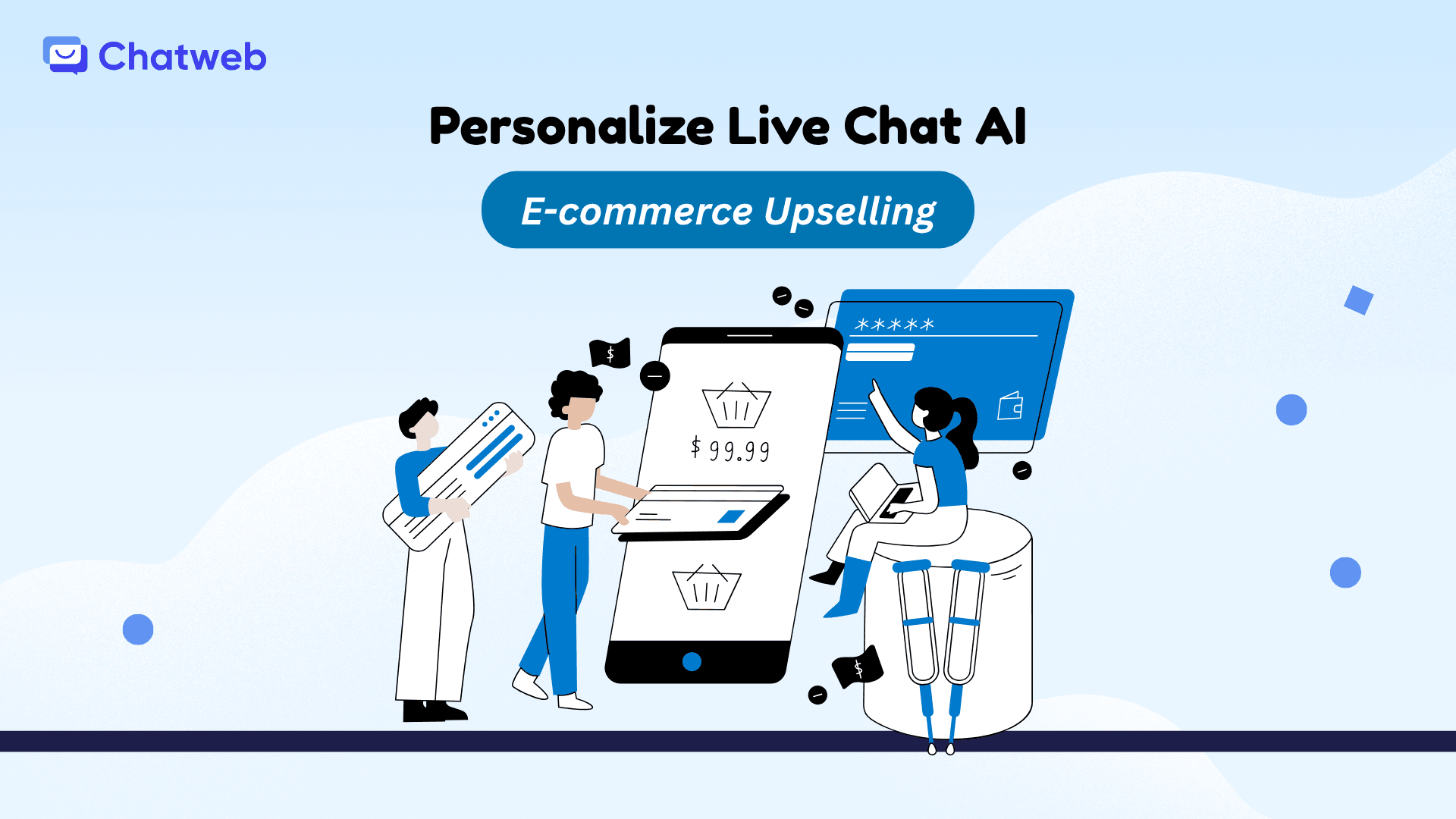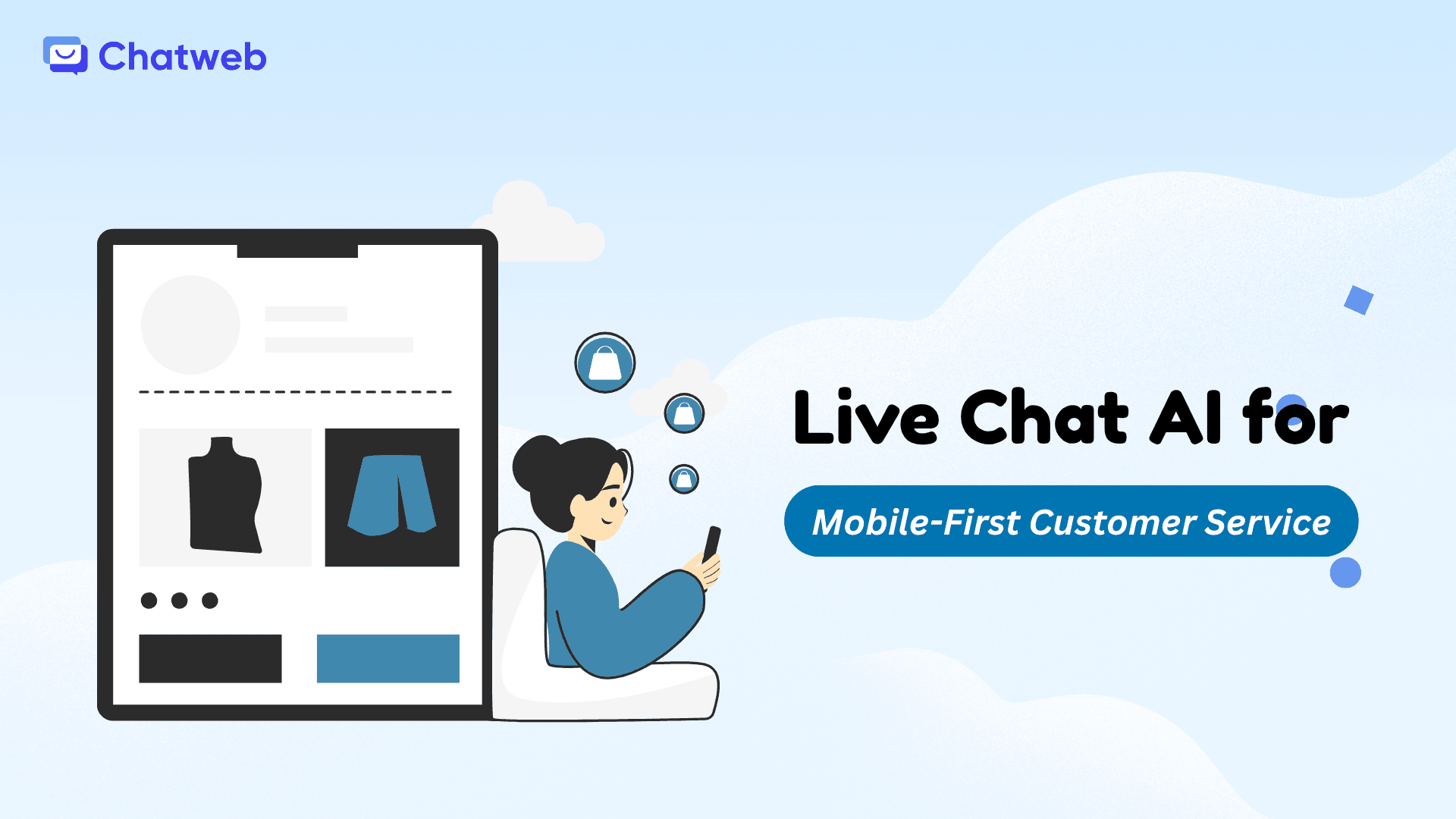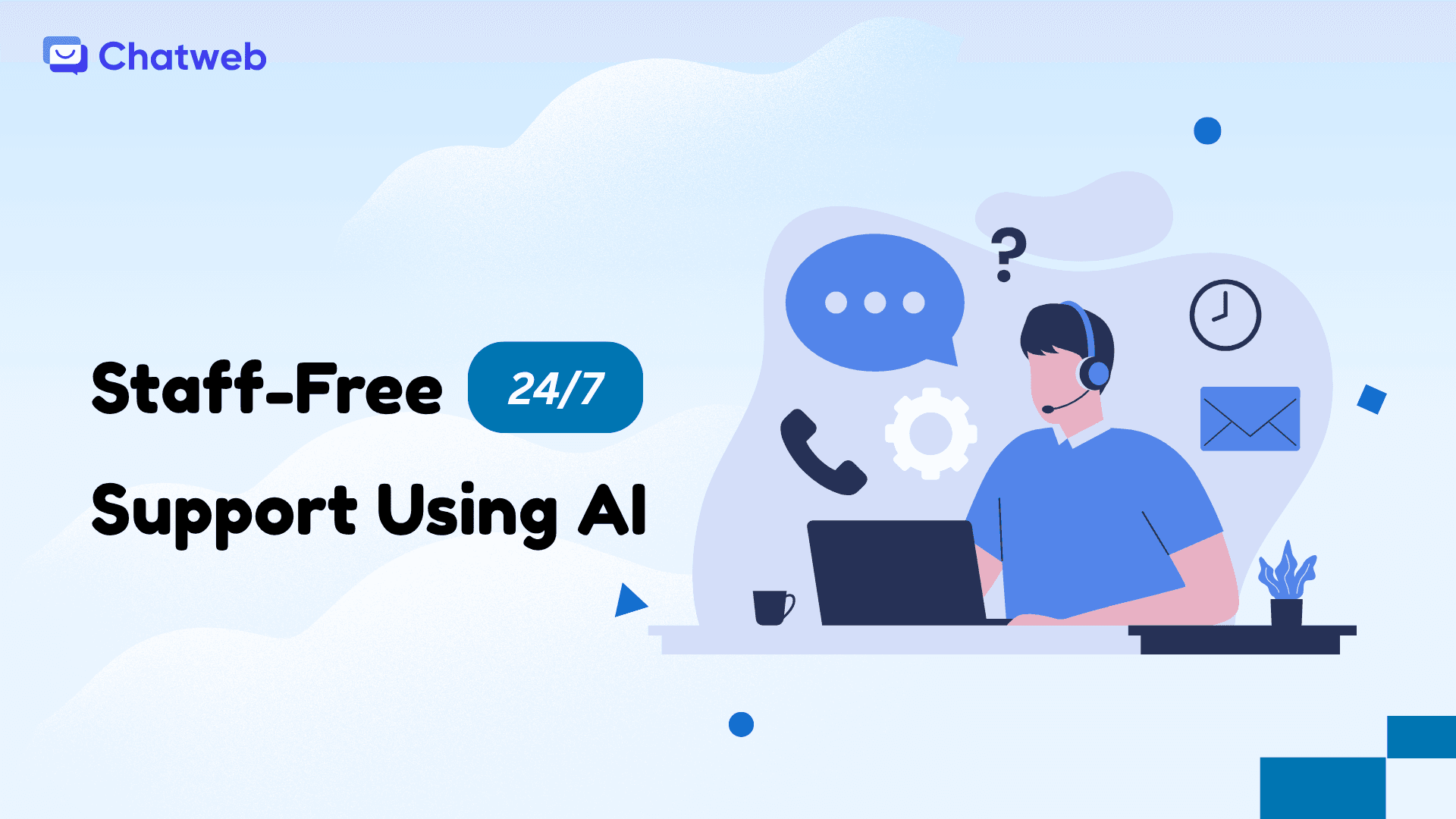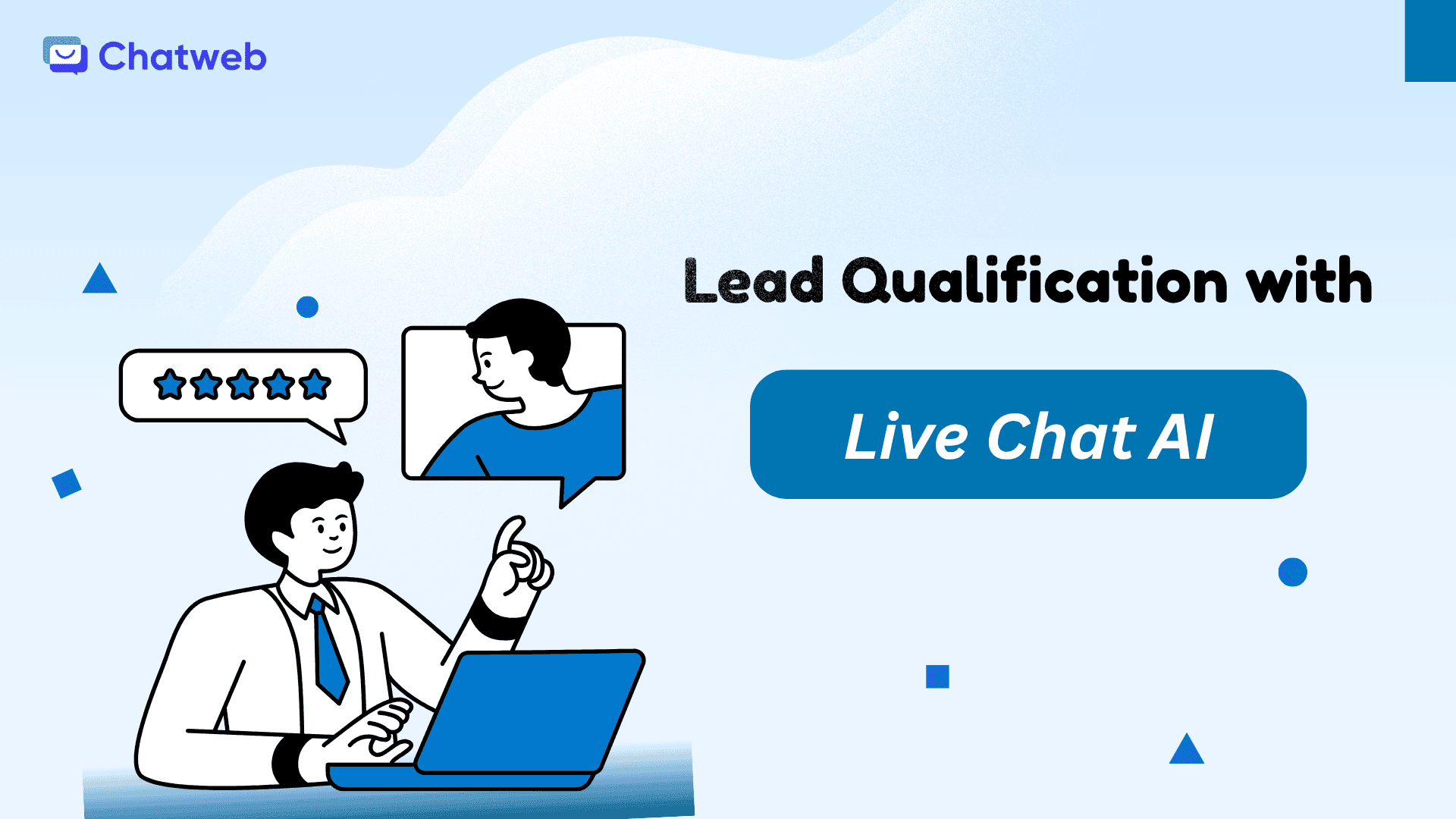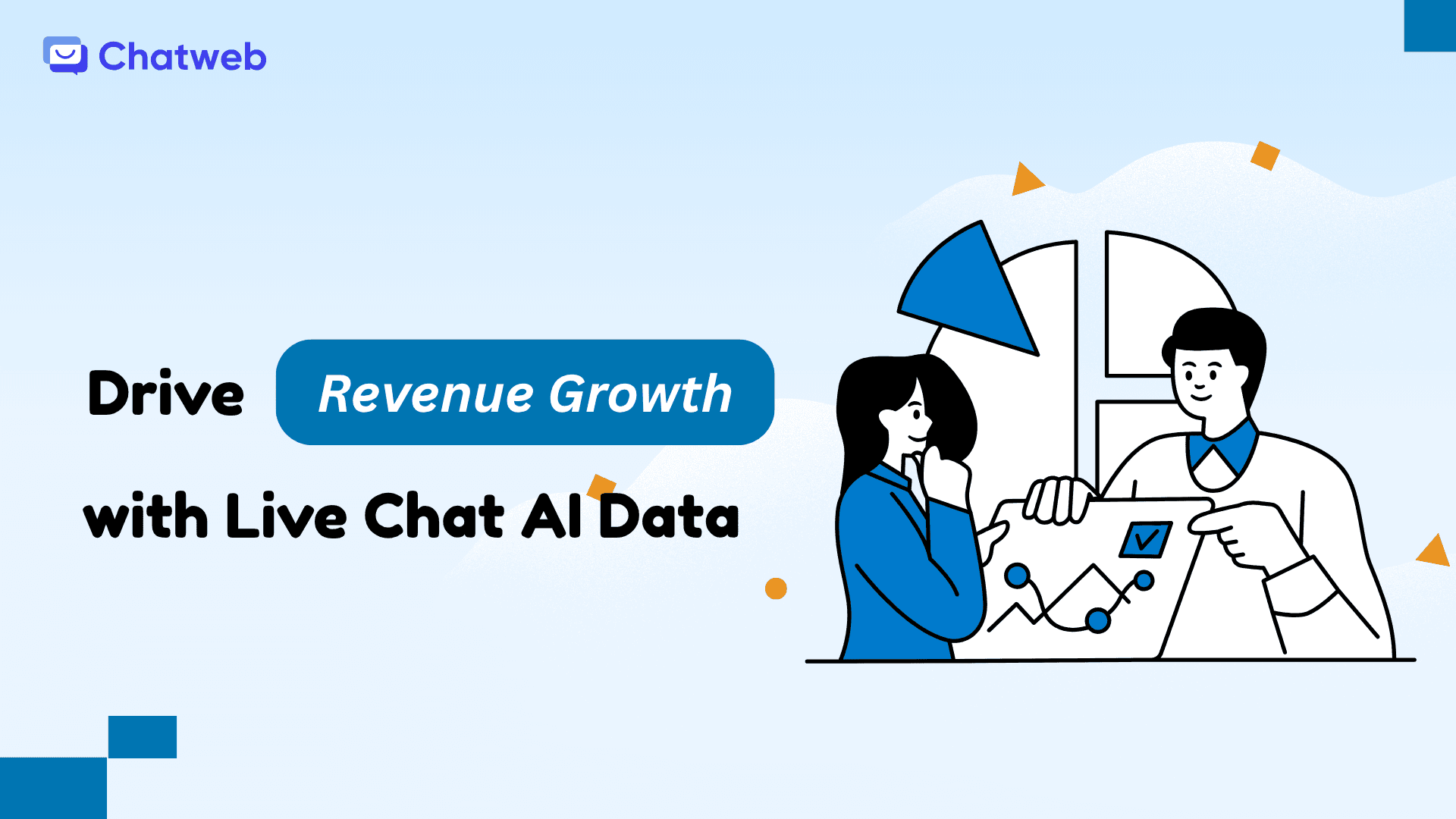Imagine you’re running a business in 2025, juggling customer inquiries, sales leads, and a website that’s supposed to convert visitors into buyers. You know you need a tool to handle customer interactions, but you’re stuck: should you go with a chatbot or an AI agent? Both sound high-tech, and both promise to make your life easier, but they’re not the same. Choosing the wrong one could mean missed sales, frustrated customers, or wasted budget. As a business owner, you need clarity to make the right call.
This article will break down the differences between AI agents and chatbots, explains how each impacts your business, and shares real-world examples to show what they can do. We’ll also highlight how our AI-powered solution at Chatweb can help you leverage the best of both worlds. By the end, you’ll know exactly which tool fits your business—whether you’re running an online store, a SaaS company, or a B2B operation. Let’s dive in.
1. Quick Rundown About AI Agents and Chatbots?
If you’ve ever chatted with a customer service tool on a website, you’ve likely interacted with either a chatbot or an AI agent. Both handle customer queries, but their capabilities differ dramatically. By 2027, 40% of all customer service issues will be fully resolved by unofficial third-party tools powered by GenAI, according to Gartner. These tools save time, cut costs, and boost sales—when used right.

Here’s the quick rundown:
- Chatbots are rule-based systems designed for specific tasks. They follow pre-set scripts to answer common questions like “What’s your shipping time?” or guide users through basic processes.
- AI agents are smarter, powered by advanced artificial intelligence (like machine learning or natural language processing). They understand context, learn from interactions, and handle complex tasks like personalizing offers or troubleshooting issues.
As a business owner, your goal is to keep customers happy and convert more sales. Both tools can help, but picking the right one depends on your needs—budget, scale, and customer expectations. Let’s break down the differences, explore five ways each can drive your business forward, and look at real companies making it work.
2. Chatbots: The Reliable Workhorse for Simple Tasks
Chatbots are like the trusty employee who follows a playbook to a T. They’re programmed with specific responses to specific questions, making them great for straightforward, repetitive tasks. Think of them as the first line of defense for customer inquiries.
2.1 How Chatbots Help Your Business
Here are five ways chatbots can boost your business, with practical tips to get started:
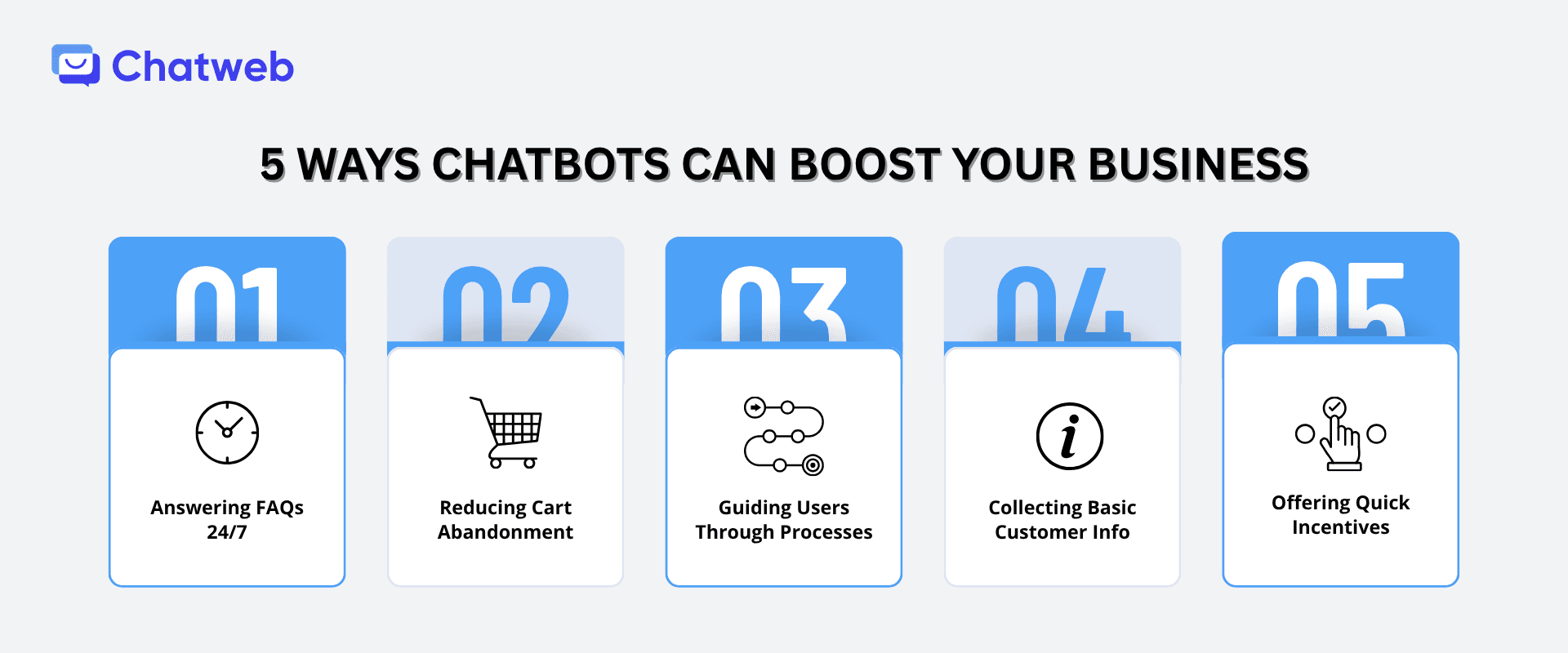
1. Answering FAQs 24/7
Customers hate waiting. Chatbots handle common questions like “Do you ship internationally?” or “What’s your return policy?” instantly, even at 2 a.m.
How to do it: List your top 10 customer questions (check your support emails for patterns).
2. Reducing Cart Abandonment
In eCommerce, 70% of shoppers abandon their carts, often over simple doubts (Baymard Institute). Chatbots can pop up on checkout pages with messages like “Need help with shipping options?” to keep users from bailing.
How to do it: Set up a chatbot to trigger after 30 seconds on the cart page.
3. Guiding Users Through Processes
Chatbots excel at step-by-step tasks, like helping customers fill out forms or track orders. They’re like a digital tour guide, ensuring users don’t get lost.
How to do it: Map out your key processes (e.g., order tracking or returns) and program your chatbot with clear prompts.
4. Collecting Basic Customer Info
Chatbots can gather names, emails, or preferences before passing leads to your sales team, saving time on low-value tasks.
How to do it: Add a pre-chat form asking “What brought you here today?” to segment users.
5. Offering Quick Incentives
Chatbots can deliver promo codes like “Use SAVE10 for 10% off!” to nudge hesitant buyers. A 2025 Tidio study shows incentive-driven chats boost close rates by 20%.
How to do it: Preload discount codes in your chatbot’s responses.
Related Article:
How Live Chat & Chatbots Transformed 10 Businesses
2.2 Chatbot Limitations
Chatbots shine for simple, repetitive tasks, but they stumble when things get complex. If a customer asks, “Which product is best for sensitive skin?” a chatbot might offer a canned response that feels robotic or unhelpful. They also require regular updates to stay relevant, and setting up detailed scripts can be time-consuming for small teams.
3. AI Agents: The Smart Strategist for Complex Needs
AI agents are the next level up—think of them as a savvy team member who learns on the job, adapts to situations, and makes decisions on the fly. Powered by advanced AI like natural language processing (NLP) and machine learning, they understand context, personalize interactions, and handle nuanced tasks.
3.1 How AI Agents Help Your Business
Here are five ways AI agents can supercharge your business, with tips to implement them:

1. Personalizing Customer Experiences
AI agents analyze browsing history, past purchases, and even sentiment to tailor suggestions. For example, “I see you’re looking at running shoes—our top-rated pair for marathons is 20% off!”.
How to do it: Integrate AI agents with your CRM or eCommerce platform to pull real-time data.
2. Handling Complex Queries
Unlike chatbots, AI agents can tackle vague or multi-part questions like “I need a gift for my wife, but she’s picky about skincare.” They interpret intent and provide thoughtful responses, escalating to humans only when needed.
How to do it: Train your AI agent on product details and customer pain points.
3. Qualifying Leads for B2B or High-Ticket Sales
AI agents ask smart questions like “What’s your biggest challenge with project management software?” to identify hot leads.
How to do it: Set up AI agents to ask qualifying questions and route high-value leads to sales reps.
4. Learning and Improving Over Time
AI agents get smarter with every interaction, refining responses based on customer feedback and behavior. This means fewer errors and happier customers over time.
How to do it: Choose an AI agent platform with machine learning and review performance monthly to ensure accuracy.
5. Integrating Across Channels
AI agents can pick up conversations across web, email, or social media, creating a seamless experience.
How to do it: Use an AI agent that syncs with WhatsApp, email, or Instagram.
3.2 AI Agent Limitations
AI agents are powerful but pricier—think $50-200/month versus $20-100 for chatbots. They also need more setup time to train on your business’s unique needs, and small businesses with simple requirements might find them overkill.
4. AI Agents vs. Chatbots: Key Differences for Business Owners
To help you choose, here’s a head-to-head comparison:
Quick Tip: If you’re a small business with straightforward needs (e.g., answering FAQs), start with a chatbot. If you’re scaling fast or need personalized, complex interactions (e.g., B2B lead gen or eCommerce upsells), an AI agent is worth the investment.
5. Real-World Examples: Who’s Winning with Each?
Let’s look at two more examples to see how businesses use these tools.
5.1 Chatbot Success: H&M
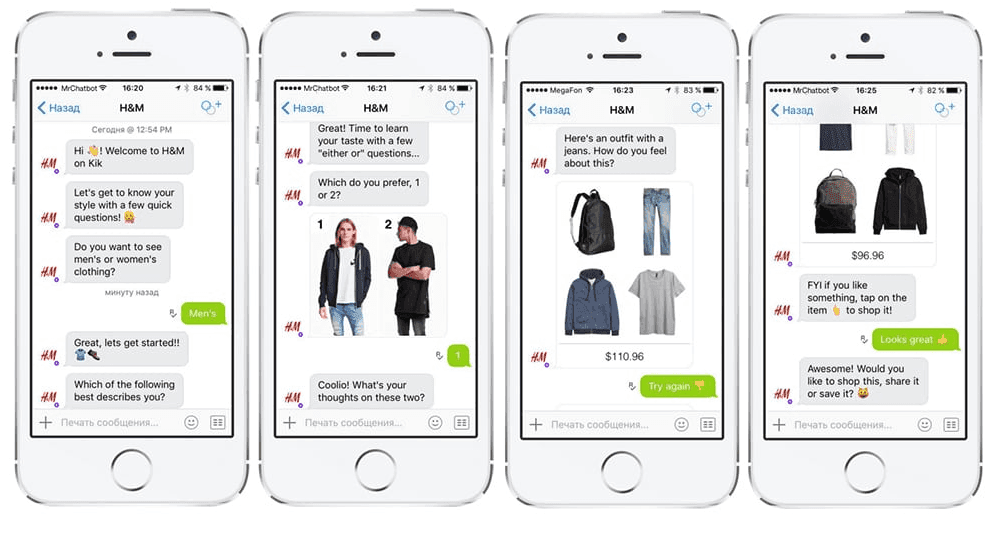
H&M leverages AI-powered chatbots and virtual agents to deliver personalized shopping experiences, streamline customer support, and boost online sales. This approach has significantly enhanced engagement, responsiveness, and conversion rates.
5.2 AI Agent Success: HubSpot
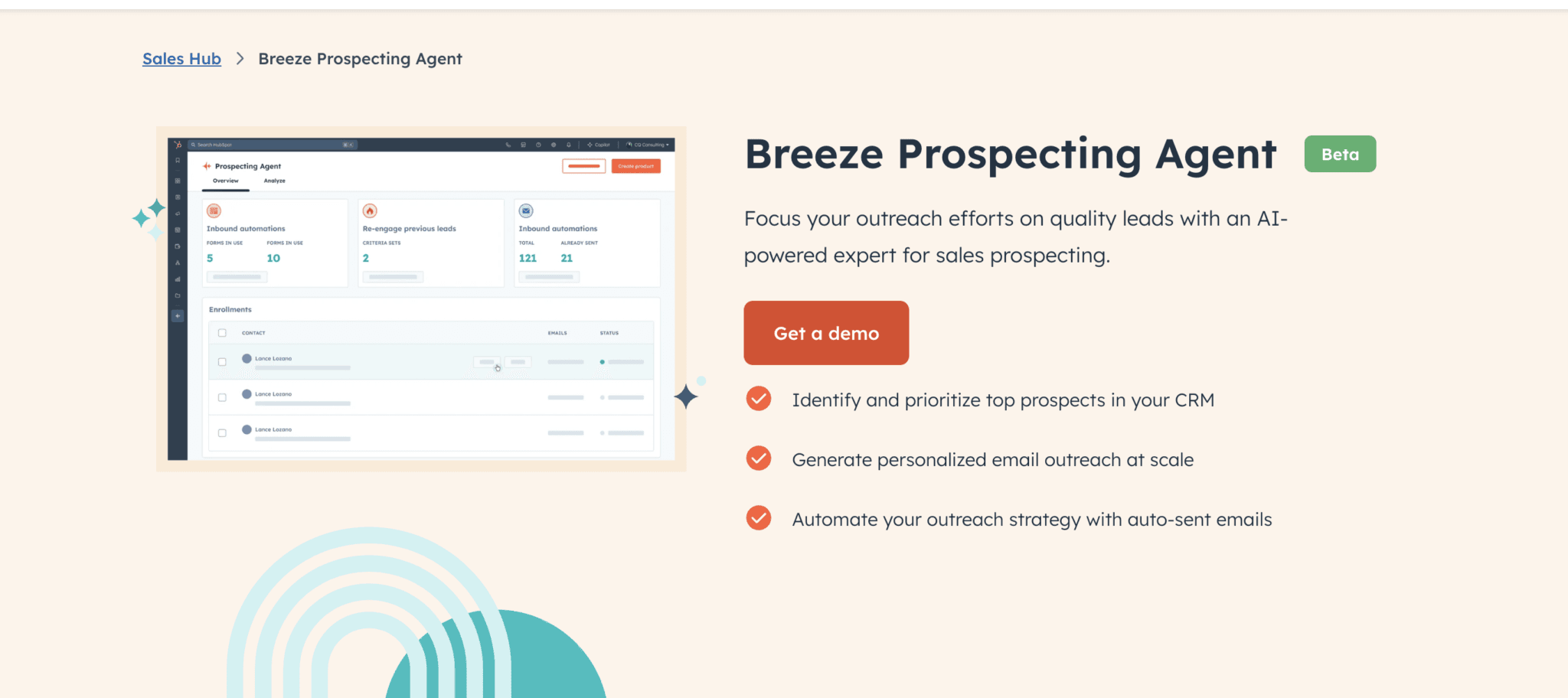
HubSpot AI Agents are intelligent virtual assistants integrated into HubSpot’s CRM platform, designed to automate marketing, sales, and customer service processes. These AI Agents enhance efficiency by analyzing customer data and interacting seamlessly with teams.
6. How to Choose: A Decision Guide for Your Business
As a business owner, your choice depends on three things: budget, scale, and customer needs. Here’s a quick guide:
- Choose a Chatbot if:
- You’re a small business or startup with a tight budget ($20-100/month).
- Your customers ask repetitive questions (e.g., shipping, returns).
- You need a quick setup with minimal training.
- Example: A local eCommerce store handling 1,000 visitors/month.
- Choose an AI Agent if:
- You’re a mid-to-large business with $50-200/month to spend.
- You need personalized interactions or complex query handling.
- You want a tool that learns and scales across channels.
- Example: A SaaS company or eCommerce brand with 10,000+ visitors/month.
Hybrid Option: Many businesses start with a chatbot and add AI agent features as they grow. Platforms like Chatweb offer both, letting you scale seamlessly.
7. How to Implement Chatbots or AI Agents for Maximum ROI
Ready to get started? Follow this plan to set up either tool effectively:
- Define Your Goals: Want to cut cart abandonment? Qualify leads? List your top priorities.
- Choose the Right Platform: Pick a tool like Chatweb that supports both chatbots and AI agents, starting at $20/month.
- Set Up Triggers: Program chats to pop up after 10-15 seconds on key pages (e.g., cart or pricing).
- Train Your System: For chatbots, write clear scripts for FAQs. For AI agents, feed them product data and customer profiles.
- Track Results: Aim for 20% of chats leading to sales. Chatweb’s analytics show what’s working.
- Test and Tweak: Try new messages monthly to improve engagement.
Avoid: Overly salesy tones (they scare off 30% of users) or ignoring mobile (41% of chats are mobile-first).
Conclusion: Power Your Business with Chatweb
Chatbots and AI agents both have their place in 2025. Chatbots are perfect for small businesses needing affordable, simple automation. AI agents shine for growing companies that want personalized, scalable solutions.
Don’t let customers slip away. With Chatweb, you can start with a chatbot or AI agent tailored to your needs, cutting drop-offs and boosting sales. Not sure which is right for you? Share your business goals in the comments, and let’s figure out how Chatweb can help. Get started today and take your customer experience to the next level!

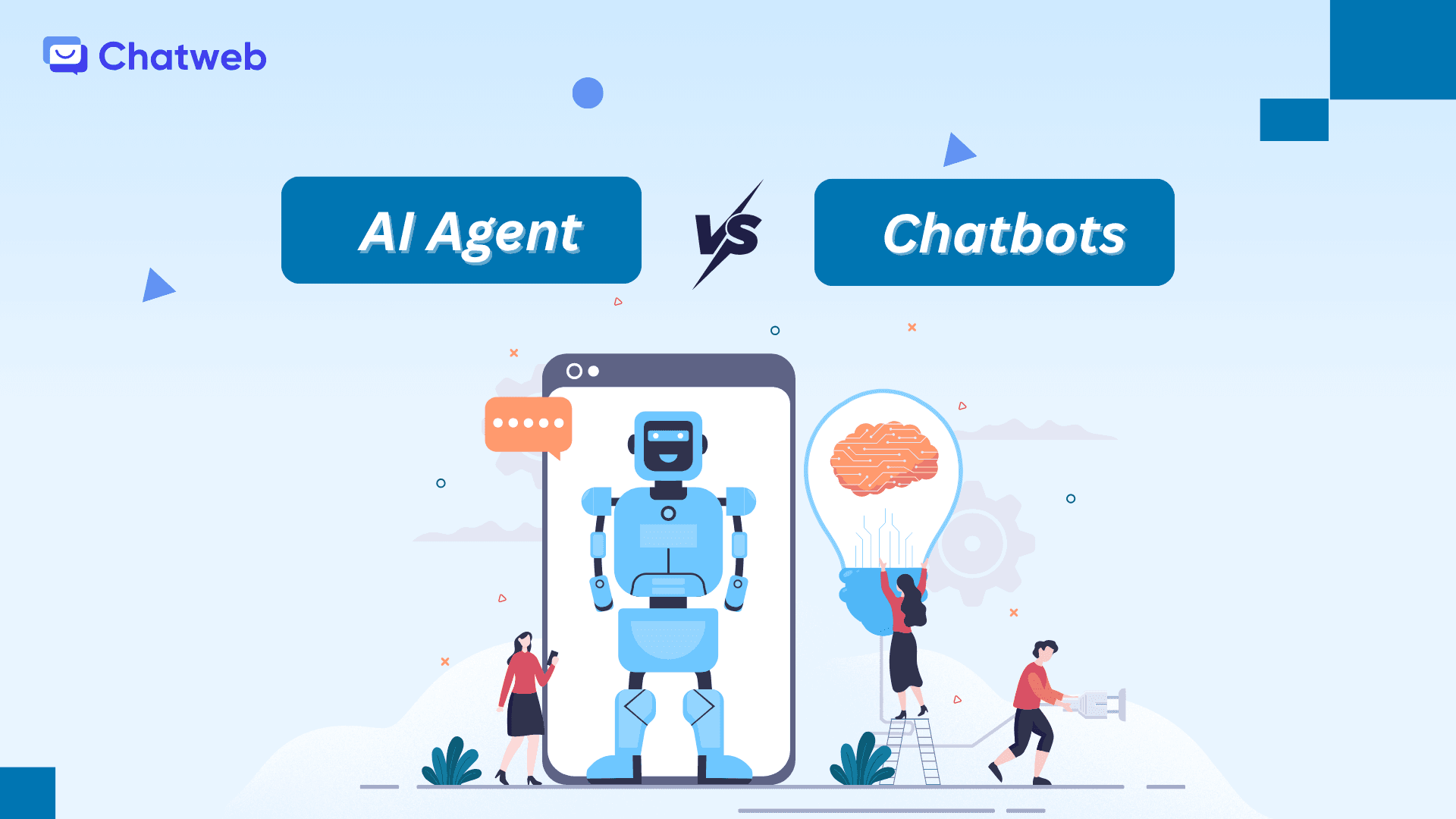
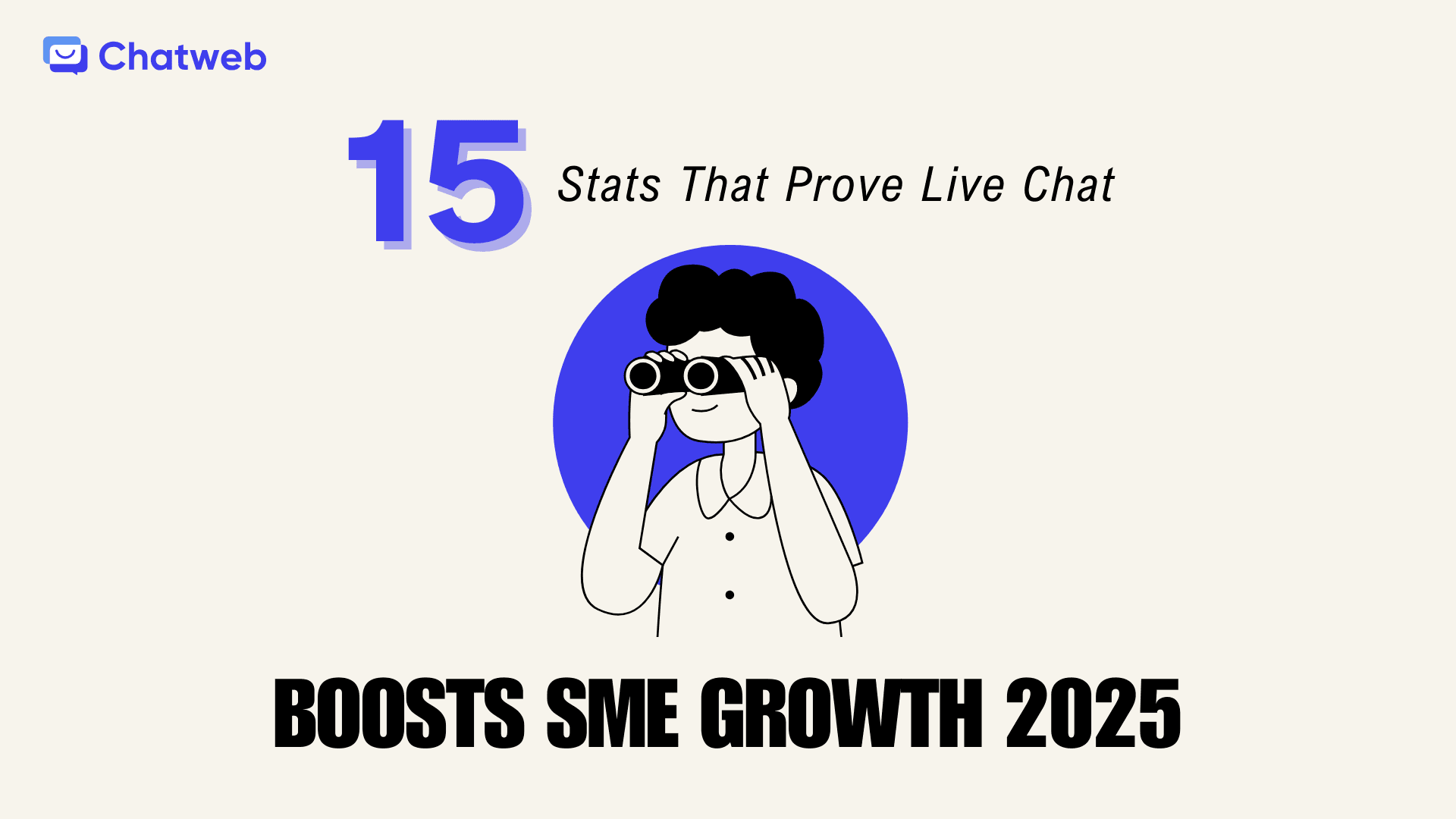
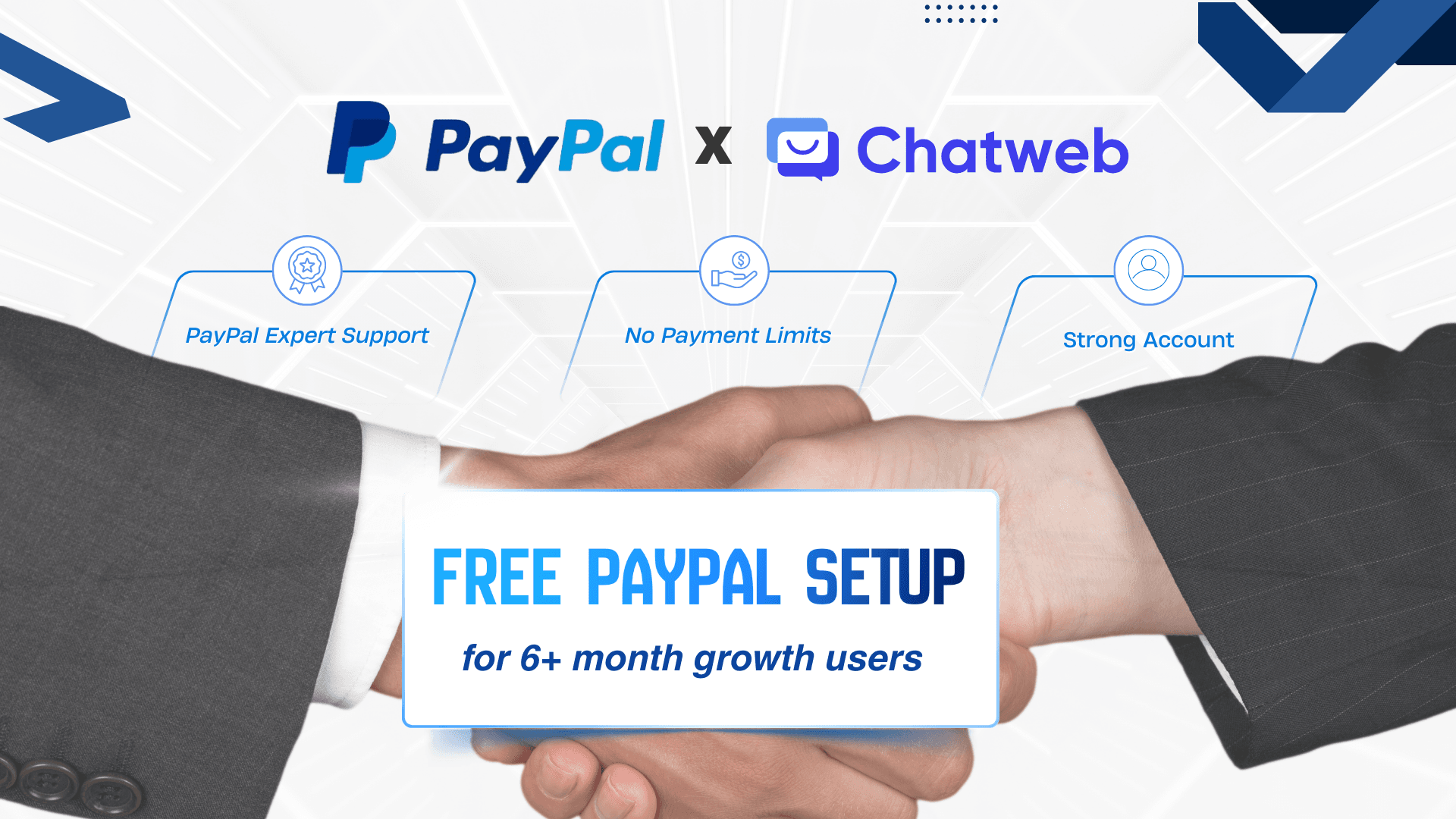
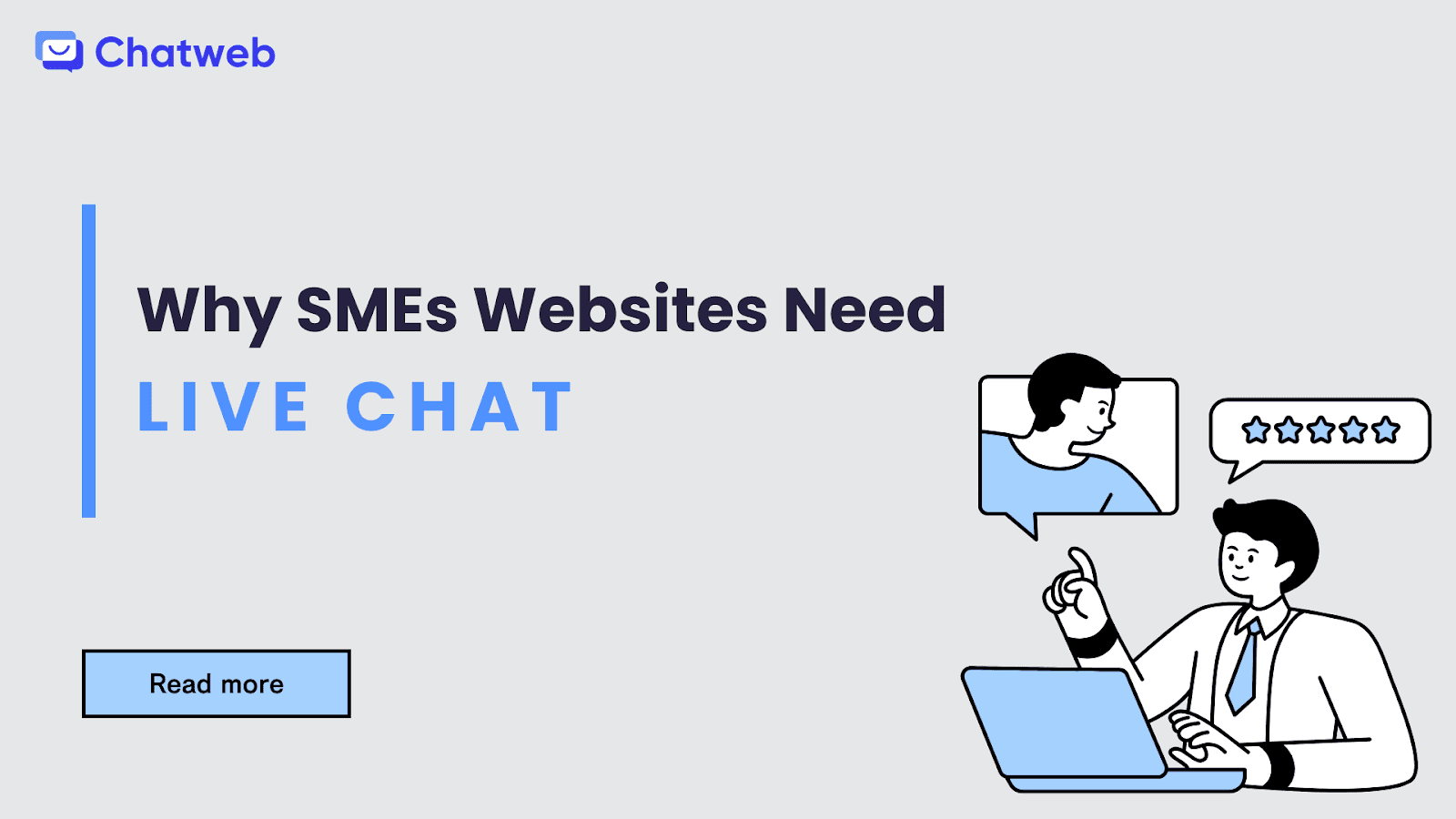
![[PayPal x Chatweb] Chatweb is now an official PayPal Payment Partner!](https://assets-content.aifusionlab.io/image_c1163cbd0d.png)

